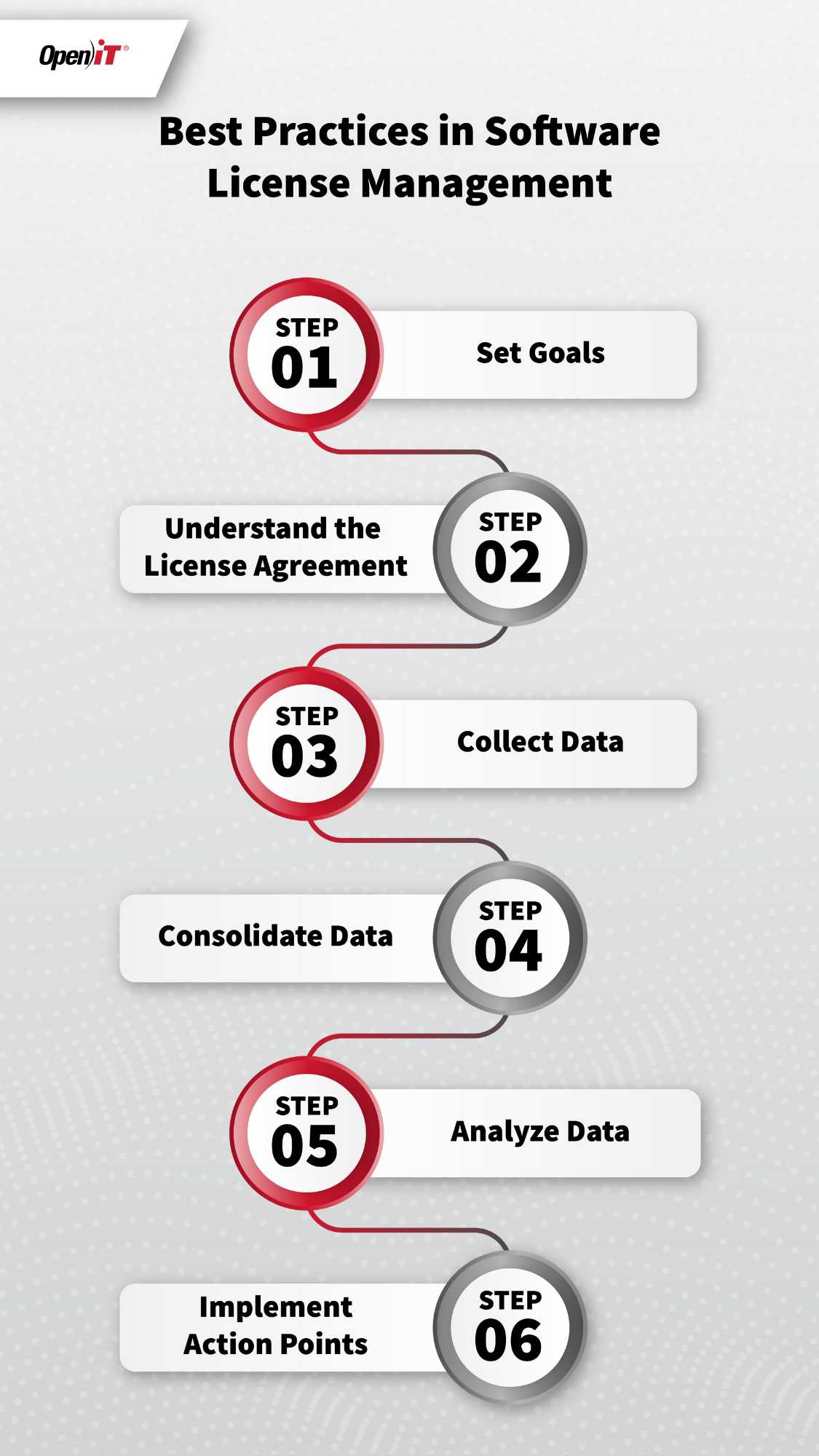License Protection: Defending Digital Digital Assets with Integrity

In today's online landscape, the authenticity of software licenses is paramount for individuals and organizations. As technology continues to develop, so too does the intricacy surrounding the ownership and use of digital assets. Authentic software licenses serve as the foundation for lawful compliance, security, and trust in the online marketplace. When users purchase software, they look for not only performance but also a guarantee that their purchase is legitimate and supported by the developers.

On the other hand, the widespread existence of counterfeit software and illicit distribution methods poses serious risks. These threats can lead to monetary losses, compromised data, and a damaged reputation. Understanding and defending against these challenges is essential for anyone relying on online tools for their employment or personal use. By prioritizing genuine software licenses, users can protect their electronic assets and enjoy the security that comes from knowing they are operating within the legal parameters set by software developers.
Comprehending Software Licenses
Application licensing agreements are important documents that outline how users can utilize, modify, and spread applications. They act to safeguard the rights of both the programmers and the individuals, ensuring that the former can retain control over their creations while allowing the latter to profit from them. Diverse types of licensing arrangements are available, from open-source to closed-source, each with its own set of rules and effects for use.
Open-source licensing agreements grant users the liberty to access, alter, and spread the core code of programs. This type of licensing agreement encourages advancement and collaboration, as it encourages a community-driven strategy to development. Popular examples of free software licenses include the GNU General Public License v3 and the Massachusetts Institute of Technology License, which supply diverse degrees of flexibility and limitations to users.
Closed-source licenses, on the flip side, typically restrict entry to the core code and restrict how the program can be utilized. Individuals typically pay for these licensing agreements and must follow with demanding conditions set by the coder, which can include restrictions on reproducing, altering, or transferring the software. Understanding the differences between these kinds of licensing agreements is crucial for both users and programmers in order to move through the regulatory environment of online properties efficiently.
The Importance of Software License Compliance
Adherence to software licenses is essential for companies that rely on software to carry out their operations. Following the terms set forth in software licenses not only safeguards the interests of the developers of the software but also helps organizations maintain the integrity and legality of their operations. Non-compliance can lead to significant legal repercussions, including large fines and lawsuits, which can significantly impact a firm's financial health and reputation. Ensuring compliance safeguards against these risks and reinforces a commitment to responsible business practices.
In addition, maintaining compliance with software licenses fosters a culture of accountability and responsibility within an enterprise. When employees recognize the importance of adhering to software licenses, they are more likely to honor the resources available to them. This awareness can lead to better usage of applications, ultimately driving productivity and creativity. Organizations that prioritize compliance demonstrate a strong ethical stance, enhancing their reputation in the marketplace and building trust with clients and partners.
Finally, effective management of software licenses contributes to better strategic planning and resource allocation. By keeping track of software licenses and ensuring compliance, organizations can make informed decisions about future software purchases and upgrades. This proactive approach not only optimizes the use of existing software but also provides a clearer picture of software needs, preventing over-licensing and underutilization. In today's fast-paced digital environment, the ability to manage and protect electronic resources through authentic software licenses is necessary for sustaining growth and market competitiveness.
Best Practices for License Management
Successful license management demands a thorough strategy that covers monitoring, compliance, and frequent audits. Begin by creating a unified repository for all software licenses, ensuring that each license agreement is easily retrievable and organized. This centralization facilitates tracking usage and expiration dates, permitting timely renewals and reducing the risk of accidental licensing violations.
Consistent audits are crucial for maintaining compliance with software licensing agreements. Conducting these audits helps uncover unauthorized software usage within the organization, guaranteeing that all applications are registered and licensed appropriately. Implementing automated tools can enhance this process, providing real-time insights into license compliance and usage patterns, which in turn assists in making intelligent purchasing decisions.
Employee education holds vital role in efficient license management. activatusoftware.com on the value of software licensing and the risks associated with non-compliance fosters a culture of responsibility. Incentivize staff to report any software issues and create a transparent process for acquiring new software licenses, reducing the likelihood of mismanagement and emphasizing the value of authentic software licenses.
